- GU Home
- 12th EAJS Congress
- Jewish Books & Jewish collections: Treasures of the University Library Frankfurt
- Yiddish and Jewish-German Prints: The collection Judaeo Germanica
Yiddish and Jewish-German Prints: The collection Judaeo Germanica
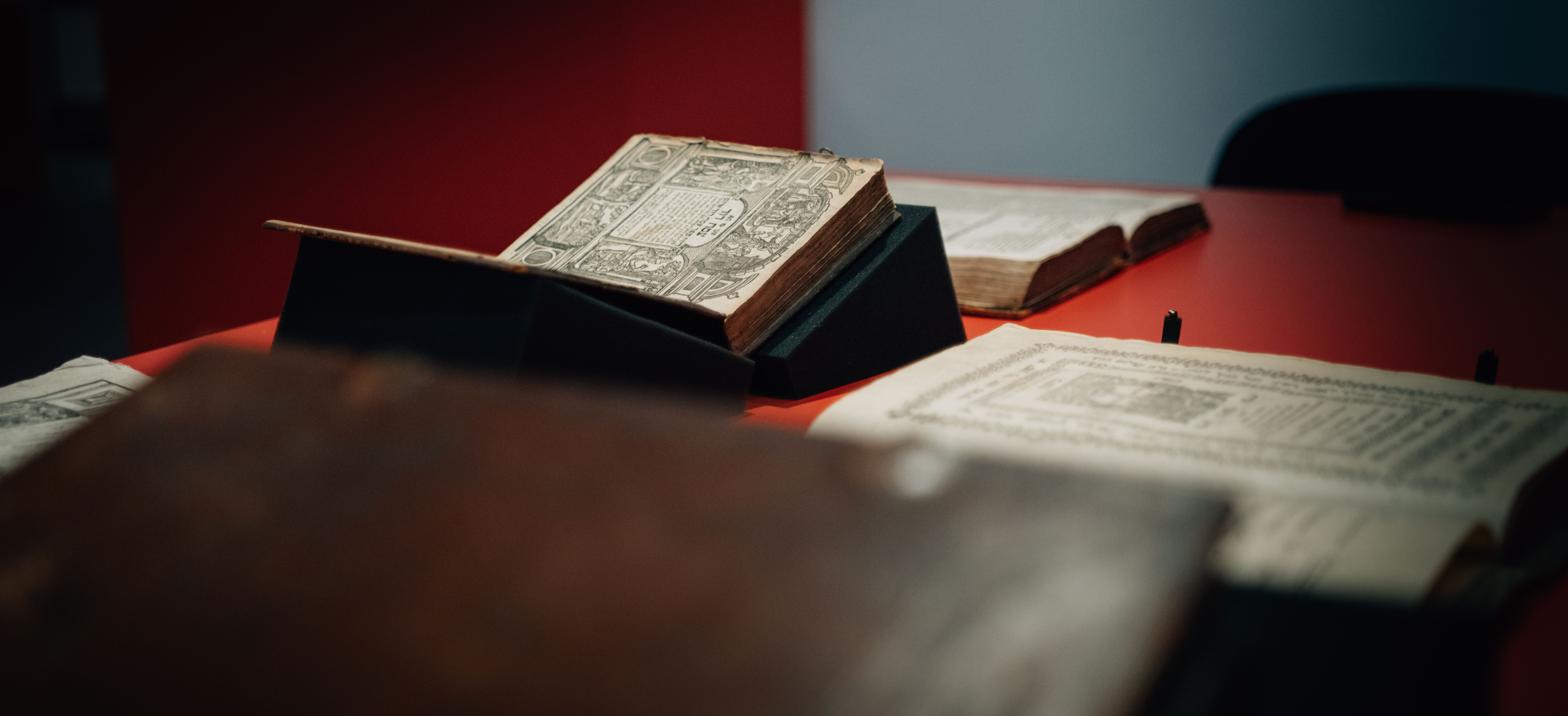
The collection Judaeo Germanica – Jud. Germ. – also referred to as Yiddish Prints, comprises some of the most impressive items within the historical Hebraica and Judaica collection of the University Library Frankfurt. The almost 800 works published from the 16th to the beginning of the 20th century are evidence of the variety of Jewish print and literary culture in Ashkenaz and its development over four centuries. The oldest work in the collection is a Ḥumash from Cremona published in 1560, followed by a another Ḥumash from Basel published in 1583. The majority of the works were printed in the seventeenth and eighteenth centuries in Franconia, Silesia and the Rhine-Main area. Early publications mainly stem from Prague and Amsterdam whereas the imprints of nineteenth century publications refer to Warsaw, Vilnius and other Eastern European centers of Jewish life. Thus, the collection sheds light on shifting centers of Hebrew printing and Yiddish literary culture as well as more general language shifts. The collection represents all registers and dialects of Yiddish used between the 16th and early 20th century. It also includes various Jewish-German prints which are publications in German printed in Hebrew letters.
The Yiddish Prints collection reflects upon the entire spectrum of Jewish life within the community and the family. There are translations and adaptations of the Bible, most importantly, more than 20 editions of the Ze'enah u-Re'enah Bible, women's prayer books (Tehinot), Books of customs (Minhagim) and various texts that provided religious and moral guidance often addressing female readers or “men who are like women'', i.e. men who are not proficient enough in Hebrew to study Talmud-Torah. Furthermore, the collections include Yiddish works on medicine and mathematics, textbooks and teaching aids, historical accounts as well as fictional works, such as legends and chronicles, plays, and Yiddish adaptations of folktales.
This online exhibition presents a selection of works stemmig from the late seventeenth and the eighteenth century from various genres printed mostly in Frankfurt but also Amsterdam, Hanau and Sulzbach. In some cases, the description includes provenance information on a specific copy which is based on the research project, Footprints in Frankfurt: Provenance of Early Hebraica in the University Library Frankfurt am Main, from 2019-2020 which was conducted in collaboration with Footprints: Jewish Books through Time and Place. As part of the project, Lucia Rapse surveyed 626 books within the Yiddish Prints prints collection as well as 72 incunabula and recorded more than 1,100 footprints. Within the Yiddish Prints prints collection, 355 books accounted for 749 footprints, with almost 30 footprints referring to women either as owners or benefactors. The project also provided significant insights into the history of the Frankfurt collections, identifying former owners for about 60% of books surveyed, which including Abraham Berliner, Nehemias Brüll, Abraham Merzbacher and Carl-Wilheln von Rothschild, the owners of some of those private collections that once contributed to the establishment of the Herbaica and Judaica collection of the Stadtbibliothek Frankfurt which today is part of the University Library Frankfurt.
Kerstin von der Krone is the Curator of the Hebraica & Judaica Collection at the University Library Frankfurt am Main and head of the FID Jewish Studies.
Marie-Luise Schmidt is staff member for the FID Jewish Studies at the University Library Frankfurt am Main.
With the assistance of Tekle Ekvtimishvili, student assistant for the Hebraica & Judaica Collection.
 ספר מנהגים |
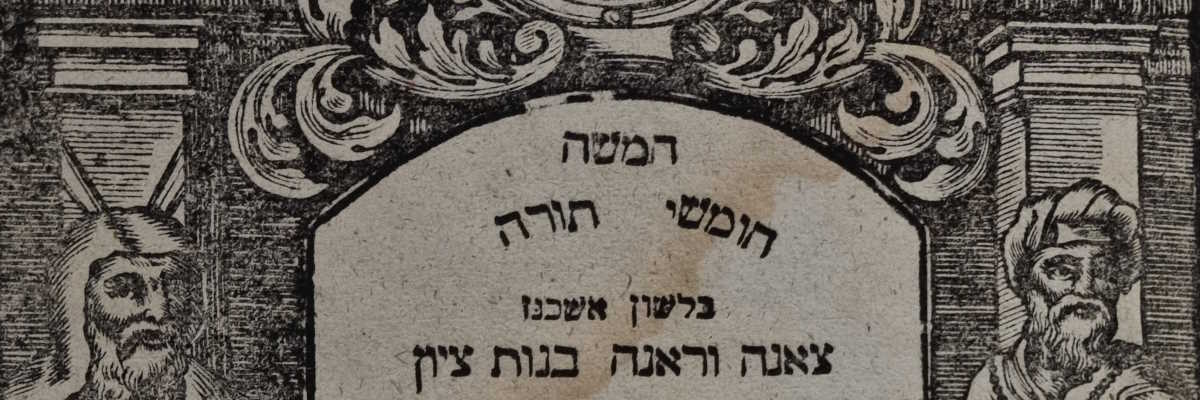 צאינה וראינה בנות ציון |
 ער רעטונג דער יודן |
 צמח דוד |
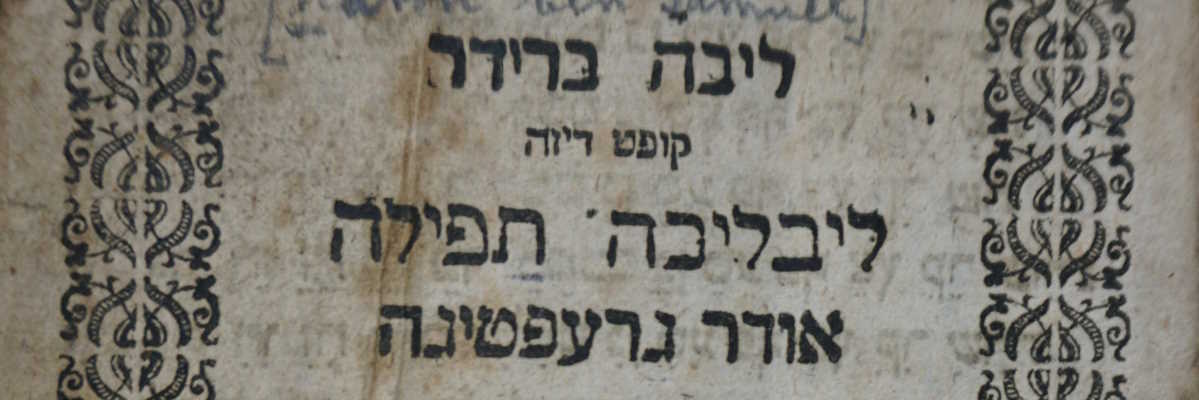 ליבליכה תפלה |
 ברנט שפיגל |
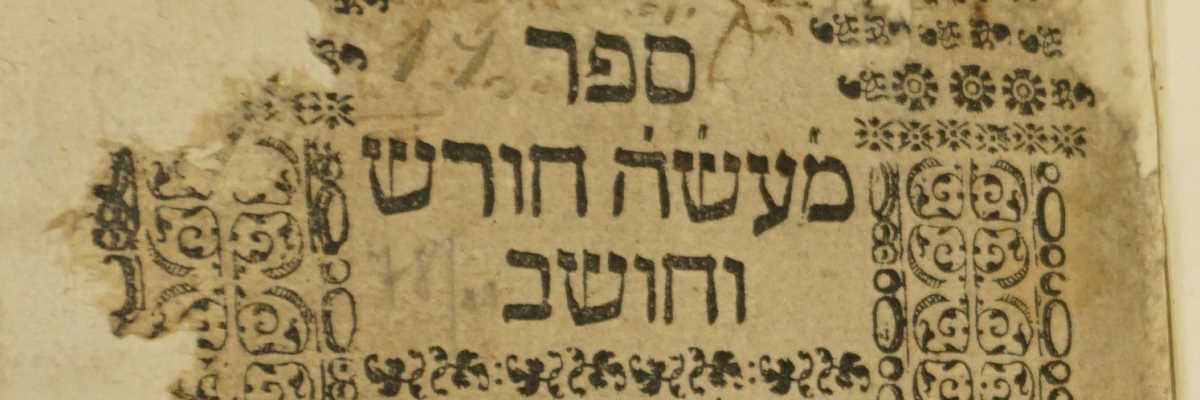 ספר מעשה חורש וחושב |
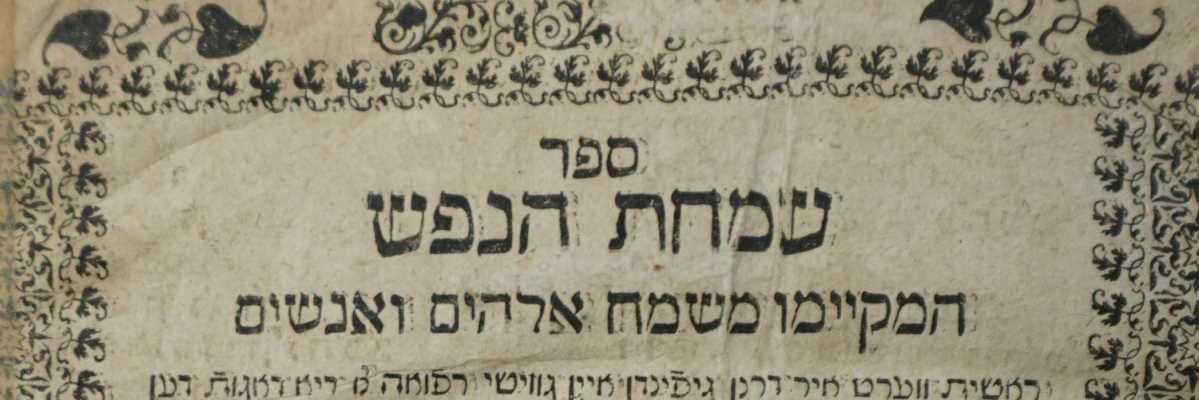 שמחת הנפש |
Bibliography
Jean Baumgarten, Introduction to Old Yiddish Literature, transl. by Jerold C. Frakes. Oxford 2005.
Morris Faierstein, A Guide to the Ze'enah U-Re'enah: Correcting Some Misconceptions. In geveb, February 2019.
Rachel Heuberger, Die Internetbibliothek der Jiddischen Drucke der Universitätsbibliothek Frankfurt am Main. In: Zeitschrift für Bibliothekswesen und Bibliographie 53 (2006), 133-137.
Max Holfelder, Die Frankfurter jiddische Ausgabe des »Ṣemaḥ David« (1698) und ihr Drucker Zalman Hene. In: Frankfurter Judaistischen Beiträge 44 (2021/2022), 107–128.
Alfred Holl & Stela Segev, The two earliest printed Yiddish arithmetic textbooks (Amsterdam 1699 and Frankfurt/ Main 1711). In: Rainer Gebhardt (Hrsg...): Rechenkunst und Mathematik in der frühen Neuzeit. Tagungsband zum wissenschaftlichen Kolloquium “Rechenkunst und Mathematik in der frühen Neuzeit". Annaberg- Buchholz 2020, 199–222.
Nathanael Riemer, Simchat ha-Nefesh: „Thora“ der Ungebildeten und „Medizin“ für Körper und Seele, in: PaRDeS 8 (2008), 14-33.
Khone Shmeruk, מחזות מקראיים ביידיש 1697-1750 [Yiddish Biblical plays, 1697-1750] Jerusalem 1979.
Siegfried Stein, Liebliche Tefillah: A Judaeo-German Prayer-Book Printed in 1709, The Leo Baeck Institute Year Book 15 (1970), 41–72.
Chava Turniansky, Yiddish Literature in Frankfurt am Main, in: Karl Erich Grözinger (ed.). Jüdische Kultur in Frankfurt am Main von den Anfängen bis zur Gegenwart. Wiesbaden 1997, 273-285.
Rebekka Voß, A Jewish-Pietist Network: Dialogues between Protestant Missionaries and Yiddish Writers in Eighteenth-Century Germany. In: Jewish Quarterly Review 112, 4 (2022), 731–763.
Chava Weissler, “For Women and for Men Who Are Like Women": The Construction of Gender in Yiddish Devotional Literature, Journal of Feminist Studies in Religion 5 (1989), 7-24.
- Aktuelles und Presse
- Pressemitteilungen
- Öffentliche Veranstaltungen
- Uni-Publikationen
- Aktuelles Jahrbuch
- UniReport
- Forschung Frankfurt
- Aktuelle Stellenangebote
- Frankfurter Kinder-Uni
- Internationales
- Outgoings
- Erasmus / LLP
- Goethe Welcome Centre (GWC)
- Refugees / Geflüchtete
- Erasmus +
- Sprachenzentrum oder Fremdsprachen
- Goethe Research Academy for Early Career Researchers
- Forschung
- Research Support
- Forschungsprojekte, Kooperationen, Infrastruktur
- Profilbereich Molecular & Translational Medicine
- Profilbereich Structure & Dynamics of Life
- Profilbereich Space, Time & Matter
- Profilbereich Sustainability & Biodiversity
- Profilbereich Orders & Transformations
- Profilbereich Universality & Diversity






